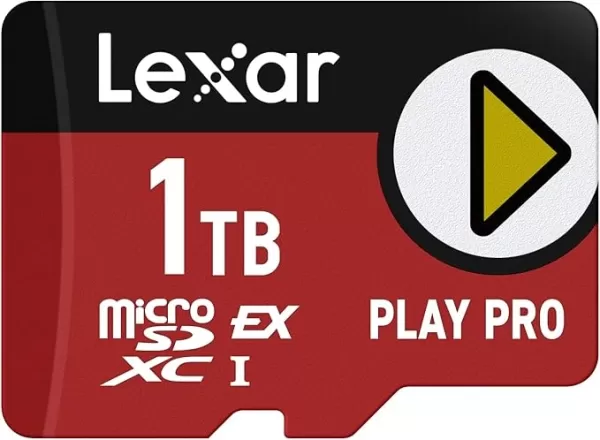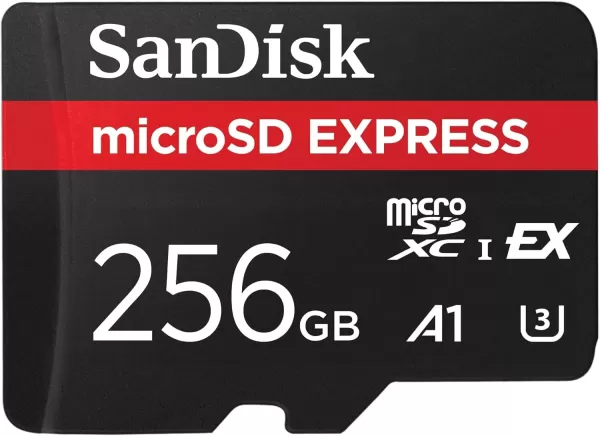Last week, Nintendo unveiled the much-anticipated Nintendo Switch 2, revealing that the console will exclusively support MicroSD Express cards for expansion. This shift might be a hassle for those with existing MicroSD collections, but it's a strategic move that aligns with the console's performance goals. MicroSD Express cards offer significantly faster read/write speeds, comparable to the UFS (Universal Flash Storage) found in the Switch 2’s internal storage. This allows games stored on these cards to load at speeds similar to those on internal storage, though at the expense of compatibility with older, slower MicroSD cards.
MicroSD vs. MicroSD Express
The evolution of MicroSD cards has seen six different speed ratings. Starting with the original 12.5MB/s, speeds have progressively increased, reaching 312MB/s with the SD UHS III standard. The introduction of the SD Express standard five years ago marked a significant leap in performance. The key advancement with SD Express is its use of a PCIe 3.1 interface, which is the same technology used by high-speed NVMe SSDs. This allows full-sized SD Express cards to achieve data transfer speeds up to 3,940MB/s. Although MicroSD Express cards can't match these top speeds, they still offer impressive performance, reaching up to 985MB/s—three times faster than the best non-Express MicroSD cards.
Why Does the Switch 2 Require MicroSD Express?
While Nintendo hasn't detailed its rationale for this requirement, the primary advantage of MicroSD Express cards is their speed. A game installed on a MicroSD Express card will load much faster than on a traditional UHS-I MicroSD card due to the PCIe 3.1 interface. This move suggests a future trend for handheld gaming PCs as well. The Nintendo Switch 2's internal storage has been upgraded to UFS from eMMC, making it crucial for the expansion storage to match these speeds to prevent bottlenecks, especially as games become more demanding. Early demos indicate significant improvements in load times, with fast travel in games like Breath of the Wild being 35% quicker and initial loads up to three times faster. These enhancements could be attributed to both the faster storage and the improved CPU and GPU capabilities. By requiring MicroSD Express cards, Nintendo ensures that future games aren't limited by slower storage options.
Moreover, this requirement paves the way for even faster storage solutions in the future. The current fastest standard, SD 8.0, allows full-size SD Express cards to reach 3,942MB/s. While MicroSD Express cards aren't there yet, they have the potential to reach such speeds if the Switch 2 supports them.
AnswerSee Results
MicroSD Express Capacity Options
Currently, the adoption of MicroSD Express cards has been slow, but this is expected to change with the Nintendo Switch 2's launch. Lexar offers a single MicroSD Express card available in 256GB, 512GB, and 1TB sizes, with the 1TB variant priced at $199.

Lexar Play Pro MicroSD Express
0See it at Amazon
SanDisk, meanwhile, lists only one MicroSD Express card, capped at 256GB, which matches the internal storage of the Switch 2. As the Switch 2 hits the market, the availability of MicroSD Express cards over 512GB might remain limited initially. However, as demand grows, companies like Samsung are likely to introduce higher capacity options.

SanDisk MicroSD Express 256GB
0See it at Amazon
 Home
Home  Navigation
Navigation






 Latest Articles
Latest Articles










 Latest Games
Latest Games












